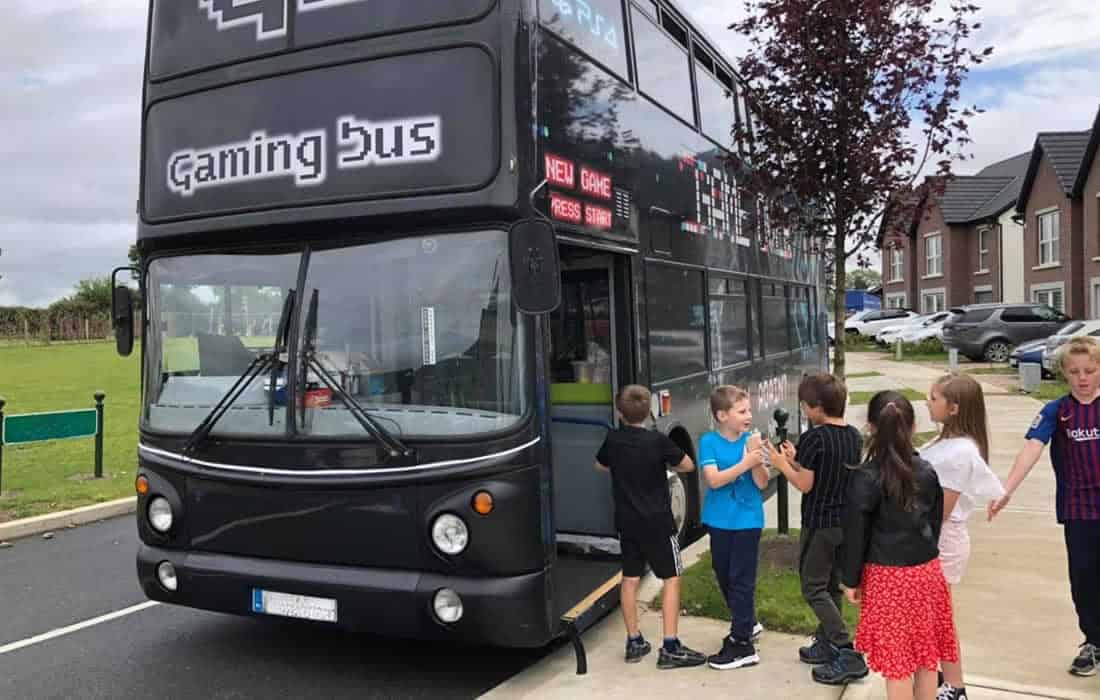Public art plays a vital role in connecting communities and enhancing public spaces around the world. It reflects the culture, identity, and history of a place, making it accessible to everyone, regardless of background or status.Read More
Public art has the unique ability to break down barriers between artists and the public. It brings art out of the confines of galleries and museums, making it accessible to a larger audience. One of the key aspects of public art is its role in engaging the community, creating a dialogue between the artwork and the people who interact with it daily. Public art installations often become landmarks that define a city’s identity and give a voice to local communities. By doing so, these artworks can bridge social gaps and promote a sense of collective ownership. In addition to beautifying spaces, public art often addresses social and political issues. Many artists use public art as a platform to highlight inequality, climate change, or civil rights movements. These large-scale installations invite the public to engage with difficult conversations, creating awareness and promoting action. By placing art in public spaces, artists can amplify the message to a wider audience, encouraging people to think critically about societal challenges. Whether through murals, sculptures, or interactive pieces, public art has the potential to inspire change and shift perspectives. Public art has a profound impact on community well-being, fostering pride and belonging. When residents see their stories reflected in public art, it fosters a sense of connection to the place they call home. Public art can also help revitalize neighborhoods, turning underutilized or neglected spaces into areas of cultural significance. These transformed spaces often attract tourism, bringing economic benefits to the local community. As people engage with these artworks, they feel a sense of ownership over their environment, creating a lasting connection between the people and the place. Public art projects often rely on the active participation of the community, making them a collaborative effort. Through workshops, consultations, and partnerships, artists and community members can co-create meaningful artworks that reflect the collective identity of the area. Public art initiatives that involve the community from the outset tend to have a more significant and lasting impact, as residents feel directly connected to the project. This collaboration strengthens community bonds and fosters a sense of unity, as public art becomes a reflection of the community’s shared values and aspirations. In conclusion, public art serves as a powerful tool for community engagement, social commentary, and urban revitalization. It transforms ordinary spaces into meaningful places that encourage reflection, dialogue, and connection. By bringing art into public spaces, cities can promote inclusivity, foster a sense of belonging, and inspire positive change. As communities continue to evolve, public art will remain a vital component in shaping the cultural and social fabric of cities worldwide, bridging gaps and creating a stronger sense of togetherness.The Power of Public Art in Society
Public Art as a Catalyst for Social Change




